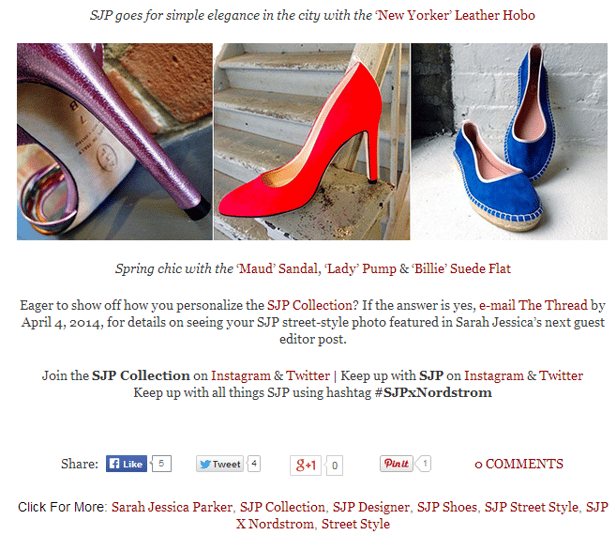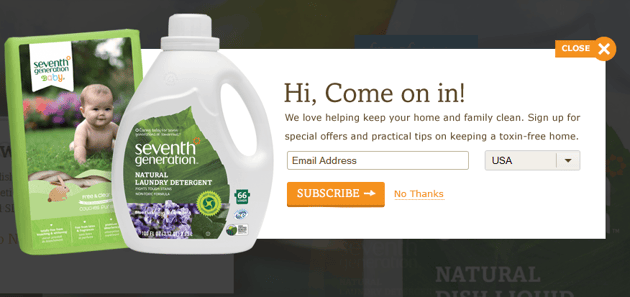3 Real-World Tips for Ecommerce Bloggers

Blogging is a top marketing strategy for retailers on the Web. Not only can a blog with quality content increase brand awareness, but it can also be instrumental in driving traffic to a retailer's product pages.
In fact, a Demand Metric infographic reveals that content marketing costs 62 percent less than traditional marketing and generates approximately three times the amount of leads as traditional marketing. Moreover, 60 percent of consumers are actually inspired to seek out a product after reading about it. The biggest challenge with blogging, however, is maintaining content on a consistent basis that is informative and engaging. In doing so, visitors will continue to come back to check for updates week after week and retailers will reap the benefits.
Creating content, however, is really just the tip of the iceberg when it comes to implementing a winning ecommerce blog strategy. Read below to discover three tips that can help your blog not only become a top digital destination for consumers, but also increase conversions for your online business.
1. Recommend Content
Most online retailers feature recommended inventory on their product pages as a way to increase product visibility, conversions and average order values - but why not do the same with your blog content?
Research is typically the first stage in the conversion funnel, and the retailers who extend the research process have a better chance at conversion. Beauty retailer Birchbox, for example, leverages content recommendations on every blog post. Because of this, it is easy for visitors to continue their research journey. For instance, Birchbox's recommended content box makes it simple for consumers who are researching face creams to visit "The Miracle Cream I can't Leave Home Without" with just a click after finishing reading "The Multi-Tasking Cream that Our French Editors are Obsessed With."
To deliver recommended content to blog visitors, retailers can leverage a solution like AddThis Pro, which offers recommendation widgets that work to keep visitors engaged with a site. Plus, retailers have the ability to customize the widgets to promote specific content. To discover additional content recommendation technology, including solutions from Outbrain and Monetate, visit Website Magazine's "Up Close & Personal with Dynamic Content Engines."

2. Develop a Community
Retailers can use blogs for more than just writing lists and providing information about products. In fact, retailers can turn their blogs into a community by creating interactive posts. Take Forever 21 and Nordstrom as examples. Both retailers sprinkle interactive posts into their blogs to encourage consumer engagement and additional blog visits.
Forever 21, for instance, used its blog to promote a contest that showcases customers wearing the retailer's new cosmetic line. In order to participate, consumers were required to follow the company on Instagram, share a selfie with specific brand-related hashtags and revisit the Forever 21 blog to discover the winners. Nordstrom, on the other hand, leveraged its blog to promote its SJP Collection (Sarah Jessica Parker). The post not only highlighted various ways to wear the line, but also asked consumers to interact with the brand by sending an image to the retailer that shows off additional ways to personalize the collection. Participants are then required to revisit the blog to see if their street-style photo is featured in Sarah Jessica's next guest editor post.

3. Close the Sale
Since research is typically the first step in the journey to conversion, retailers should use data obtained from their blogs to close the sale.
One of the best ways for retailers to gain leads from their blog is by displaying a pop-up email subscription box to new users, as Seventh Generation does (see image below). In doing so, retailers are not only growing their subscriber list, but they can also use visitors' browsing behaviors to personalize email campaigns. MailChimp, for example, offers a feature called "Goal" that enables users to send targeted emails based on website activity. Through this feature, an apparel retailer can create campaigns to nurture consumers through the sales funnel based on site behavior. For instance, if a visitor spends time reading a blog post about the top sandal trends for summer, the retailer could try to close the sale by sending an email promoting a different article that features its most-pinned sandals.
Aside from email, retailers can also use visitor data from their blog to reach consumers through retargeted display ads. For example, if a consumer spends time reading a beauty retailer's blog post that offers a tutorial on "how to create a smoky eye," the retailer could set up a retargeting campaign with a platform like AdRoll that showcases a smoky eye makeup kit in an effort to obtain the conversion.









